5 Different Types Of Operating System That You Should Know
Slick and modern user interfaces have rendered operating systems nearly anonymous, so much so that operating system functions are generally taken for granted in today’s world. But the types of operating system used in your cell phone, tablet or laptop are unbelievably intricate and complex and have derived from a rich history of innovation.
Would you understand the exact technical reasons why you prefer an Android over an iOS device or choose a Windows system over a Linux? Probably not, but the details intrinsic to the different operating systems are what create the various features to which we all eventually become loyal.
Punch Card Days

In the punch card days of early computing, there were no types of operating system – the interlopers between hardware and software were actual people. The GM-NAA I/O operating system developed in 1956 for the IBM 704 or the UNIX-based PDP 11 of the 1970s would be as difficult for the average person to navigate today as it would be to read a slate of Egyptian hieroglyphs.
Lightening Fast Technology
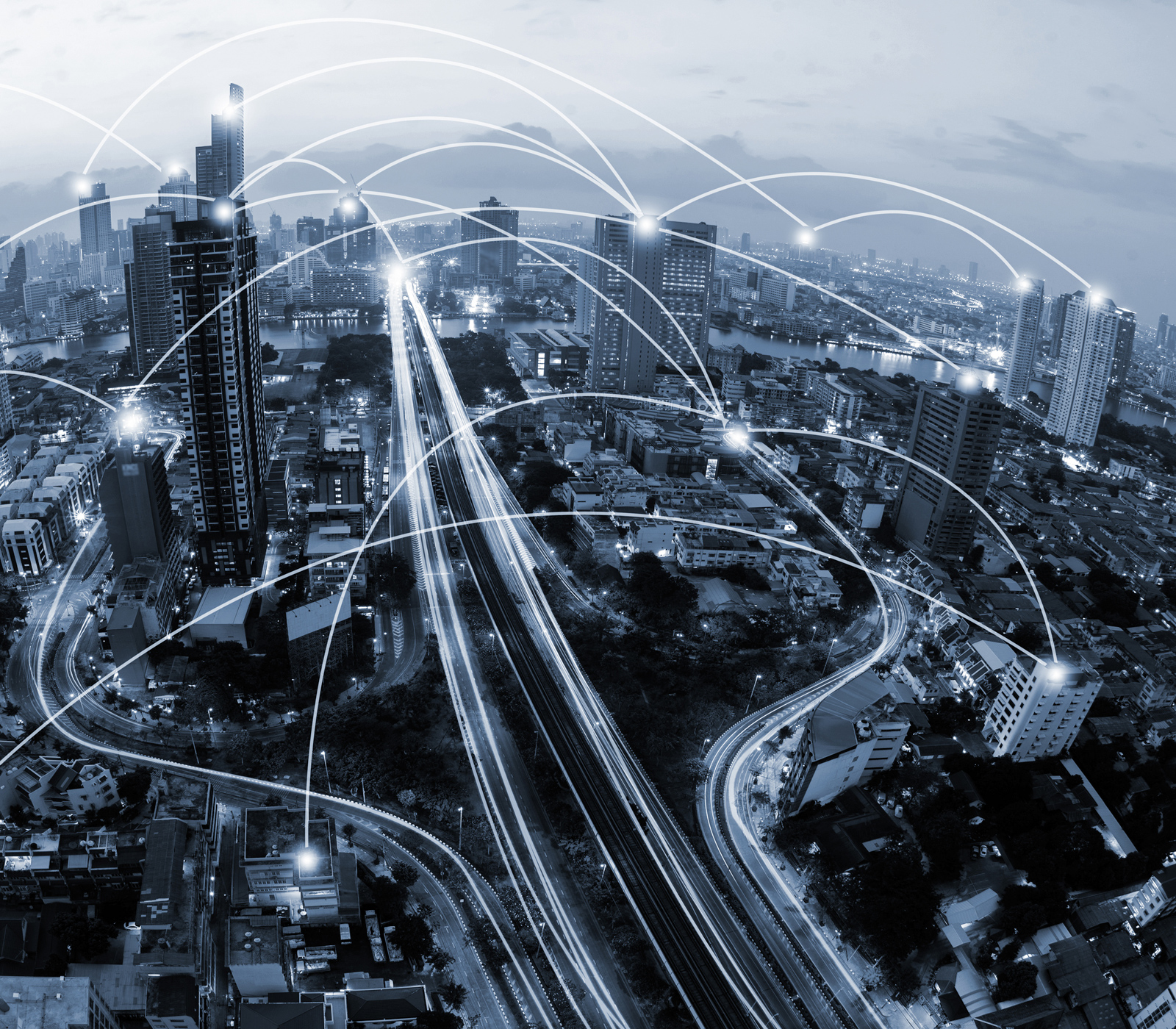
In 50 years the technology behind operating systems has become so advanced, so fluid and so user-friendly that we rarely realize it is there. But the five most popular operating systems work differently from each other, and these differences create the consumer loyalty and brand recognition that computer corporations (and their shareholders) dream of. So let’s get to know the five big operating systems of today to see what separates one from the others.
What Is an Operating System?
Simple answer: an operating system is a computer system software that drives computer hardware.

In short, this means that an operating system (an OS) adopts the role of an intermediary between the software programs people directly interact with an actual computer hardware functions such as memory allotment and input/output functionality.
There are three popular desktop and laptop types of an operating system, and two popular mobile types of an operating system. Below we’ll take a look at each of the five types of operating system and then explore some comparisons.
5 Different Types of Operating System
1. Windows

Launched in 1985 to much criticism and hefty competition from Apple, Windows went on to become one of the most popular types of operating system of all time and now enjoys roughly 82% of the market share. From the early growing pains of Windows 1.0 (a clunky interface whose “windows” did not even overlap) to the revelation of Windows 95 (Start Me Up!) and the now highly acclaimed Windows 10 (that even the most ardent Windows-hater cannot deny), this particular type of operating system dominates the world’s desktop computers.
The earliest versions gave a flashy graphical interface to the classic MS-DOS computer language, and the latest version has embraced well-known elements from competing for products at Apple and Android, but perhaps their greatest contribution to the world of home computing has been Windows’ famous “start” menu.
While Windows has slowly begun to enter the tablet market and maintains a steady footing in the server world, it is best known as the most widely used operating system at home or at the office.
Windows’ efforts to enter the smartphone market have been less than stellar.
2. Apple MacOS
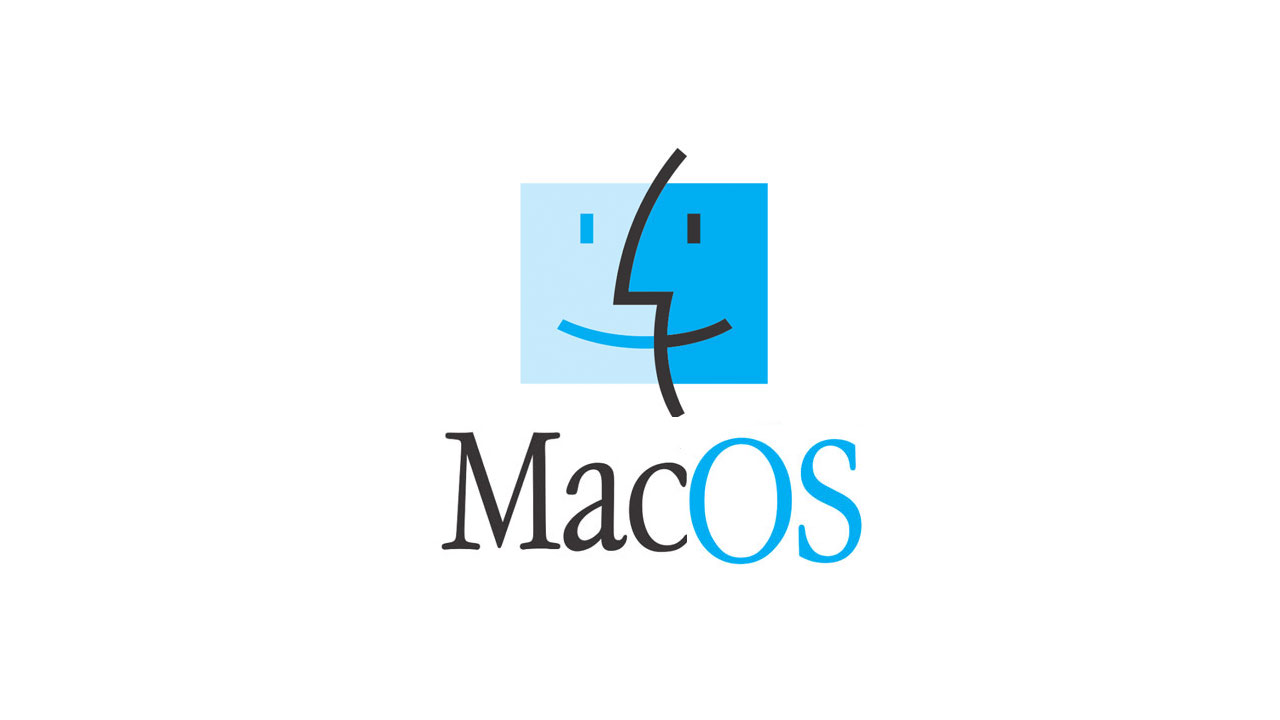
The Apple MacOS operating system is just the latest in a long line of celebrated systems beginning in the early 1980s with Apple’s Lisa and Macintosh computers. The “Insanely Great” products of visionary Steve Jobs have always combined beauty and simplicity with function. Derived from the legendary UNIX systems that began in the 1960s, the MacOS does share attributes with other UNIX-based systems (see Linux, below), and while their graphical interfaces may differ, program interface and command line usage are very similar.
Among other features, Apple’s operating systems have popularized the mouse, the point-and-click cursor, the command key and the application dock at the bottom of the screen. Early Apple designer Susan Kare has been responsible for creating innumerable and instantly recognizable icons, including the lasso and the paint bucket, the Chicago and Geneva typefaces, the wastebasket and, of course, the smiling mac.
Long having been associated with creative processes in graphic design and music, Apple remains a creative lodestar to this day.
3. Linux

When Linus Torvals gave Linux to the world in 1991, he created something of an anomaly: types of operating system not owned or developed by any one company. Programmers contribute to Linux worldwide by submitting changes to the central kernel software using its “open source” code. Linux will run on a diverse selection of hardware, and like MacOS is based on the UNIX operating system.
Champions of Linux laud the fact that it can be downloaded and modified for free, but a variety of commercial software tailored specifically for Linux is also available. Extremely popular with coders and programmers, Linux can be found on many science-based servers and cloud source environments. In fact, Linux leads the market for operating systems on servers and mainframe computers and remains the only operating system used on TOP500 supercomputers. As for the home and office market share, Linux owns only about 3%.
The most recognizable element of Linux outside of the programming world is Tux, the penguin mascot you will see on any product utilizing Linux.
4. Apple iOS
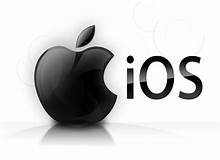
Created exclusively for its own Apple iPhone, iPad and iPod Touch, Apple iOS is a mobile operating system. Launched originally for the iPhone in 2007, it was expanded for use on all other Apple touchscreen devices by the end of 2010.
Derived from the open-source, UNIX-like Darwin OS, iOS abandons previous point-and-click mouse or other control elements in favor of direct manipulation utilizing multi-touch signals. All applications for the device are downloaded from Apple’s own AppStore, with which every Apple device comes equipped.
Apple iOS ushered in a new era of operating systems, one based on a minimal, rapid reaction interface with few hardware switches, inputs or buttons. Unlike traditional types of the operating system which rely heavily on exterior components such as drives and cards, the iOS has moved operating systems in the direction of less physical storage, with more of a reliance on cloud capabilities.
Being a proprietary, closed source system, Apple iOS helped introduce the technical term “jailbreaking” into the popular lexicon, when users began hacking into their Apple devices to add functionality not authorized by Apple.
5. Google Android
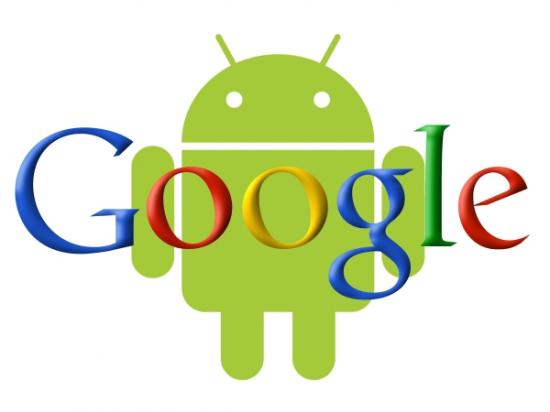
In 2009, one year after its launch, Android had only 3% of the smartphone market share. By 2016 that number had grown to 87%. Like the Apple iOS, this operating system is not available on desktop computers or large servers, but instead for touchscreen mobile devices only. However, if we just considered the number of devices upon which a single operating system is installed, Google’s Android would easily be the most popular in the world.
Android is built on a modified Linux kernel whose core code is nicknamed “AOSP” or Android Open Source Project. Compatible with HTC, Samsung, Motorola, and other smartphones or tablets, Android’s adaptability allows any phone or tablet manufacturer to modify the interface to best fit their tastes and requirements.
Much of the Android operating system is an open source, which also allows users to apply customized versions should they be so ambitious. Similar to the Apple iOS, the Android comes equipped with an app and media store, in this case, the Google-built Play Store.
Comparisons
Windows vs. Mac vs. Linux
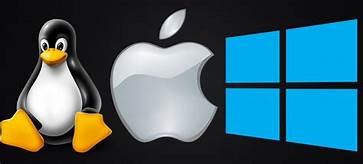
Windows most reliable attribute remains its compatibility, as nearly all applications, drivers or games will operate on Windows. The massive amount of functionality (Windows can do almost anything) is another boon to this juggernaut of operating systems. Mac users, a minority that they may be, generally seem to find exactly what they need in their favorite types of operating system and are fiercely loyal customers.
Unfortunately for Windows, the sheer number of users means rampant viruses, and that is one problem Windows has always had to contend with. The Apple MacOS, meanwhile, has always gone relatively virus-free, thanks to its self-contained and proprietary nature.
In Linux, we find a combination of the two: an open source community made elite by the technical prowess of its users.
iOS vs. Android
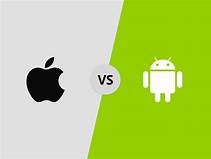
At one point it looked as if the Apple iOS would go on dominating the mobile market forever. However, Google made a smart move banking on adaptable, open source software, and the preference the public has for “tinkering” has been clearly stated with Android’s market performance. That being said, Apple has always been ahead of the technical curve, and despite their secretive, proprietary nature, they often give us what we want before we even know we want it! Look for them to revolutionize the game again soon.
Conclusion
We’ve come a long way from pushing punch cards into giant mainframe computers. In a little over 50 years, we’ve moved from reel-to-reel storage tape, and complicated system commands to swiping left on tiny screens and Tetris games over Times Square, thanks to astronomical advances in the operating system technology.
The five types of operating system examined here reveal how personal preference will always be the driving factor in pushing technology forward, whether it be for iOS or Android, Windows, Mac or Linux.
